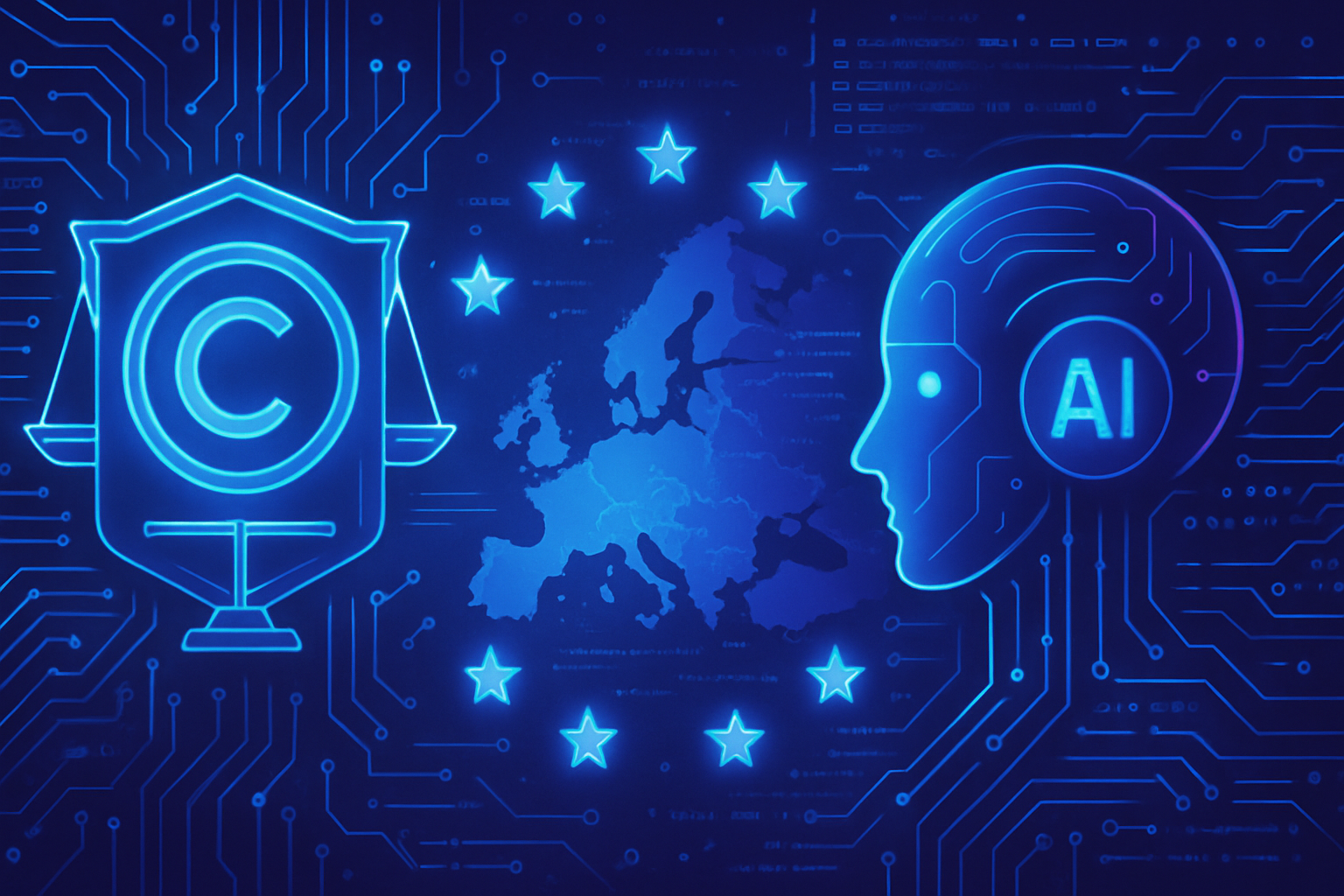ChatGPT, a revolutionary artificial intelligence tool, does it really have the capacity to perceive *red*? A new study raises fascinating questions about how this linguistic model understands *chromatic metaphors*. The results highlight the divergence between human understanding rooted in experience and the purely linguistic analogy of a machine. The distinction between lived knowledge and statistical query becomes essential for grasping the meaning of words. What do these unprecedented analyses reveal about the limits of artificial intelligence in the face of the richness of human experience? The conclusions are compelling, as the debate on *knowledge and feeling* inevitably emerges in the contemporary technological landscape.
The Nuances of Color Perception
A recently published study in the journal Cognitive Science questions ChatGPT’s understanding of color metaphors. Led by Professor Lisa Aziz-Zadeh, this research examines how different human groups and artificial intelligence interpret colors associated with emotions and concepts.
A Comparison Between Humans and AI
The researchers designed online surveys involving four categories of participants: adults with normal color vision, colorblind adults, painters, and ChatGPT. Each group was confronted with abstract words such as “physics” in order to assign colors. The results reveal that humans, whether or not they see colors, show similar associations.
The Creative Immersion of Painters
Painters, however, stand out for their ability to interpret new color metaphors more accurately. The tactile and visual experience they possess seems to enrich their understanding, allowing for a deeper access to linguistic meanings.
ChatGPT’s Performance
ChatGPT has demonstrated remarkably consistent color associations with color metaphors. The artificial intelligence, despite its inability to perceive colors in the human sense, manages to use massive linguistic data to establish semantic connections.
Emotional Explanations
When asked about metaphors, ChatGPT often cites emotional associations related to colors. For example, regarding a “very pink party,” it notes that “pink is often associated with joy and kindness.” In doing so, the AI evokes the cultural context of colors while reducing its reliance on explanations rooted in personal experience.
Limitations of Artificial Intelligence
This study highlights the limitations of linguistic models based solely on language in their ability to represent the full range of human understanding. Incorporating sensory experiences, such as visual or tactile data, could foster a closer alignment between human cognition and that of artificial intelligence.
Future Research Perspectives
The implications of this research suggest that an interdisciplinary approach, blending neurology and cognitive science, could enrich the understanding of metaphors. Aziz-Zadeh, an expert in embodied cognition, states: “There is still a distinction between the imitation of semantic patterns and the richness of sensory experiences.” Future work will potentially examine how these experiences can be integrated into AI models.
To deepen ethical reflection around artificial intelligence, check out this article on the alliance between philosophy and technology: Combining Philosophy and Artificial Intelligence.
Frequently Asked Questions
Can ChatGPT really understand color metaphors like “seeing red”?
Although ChatGPT can provide coherent responses based on linguistic associations, it does not “see” colors in the same way humans do. Its processing of color metaphors is based on textual data and not on direct sensory experience.
What are the limitations of ChatGPT’s understanding of colors?
ChatGPT primarily relies on linguistic models and cultural associations. It has less ability to interpret new color metaphors due to a lack of sensory experience, which differentiates it from humans.
How do recent study results influence our understanding of AI capabilities like ChatGPT regarding color?
The study highlights that while ChatGPT can produce color associations coherently, it lacks the human capacity to perceive colors or understand metaphors in an embodied way. This underscores a major distinction between AI and human reasoning.
Do colorblind individuals interpret color metaphors in the same way as those who see colors?
Study results suggest that colorblind individuals and those with normal vision often share similar color associations, indicating that visual perception is not always necessary to understand color metaphors.
Why do painters interpret color metaphors better than other groups?
Painters, having practical experience with colors, have shown a superior ability to understand new color metaphors, suggesting that tactile experience with colors activates deeper conceptual representations.
Can ChatGPT actually learn new color metaphors over time?
ChatGPT cannot learn new metaphors autonomously. Its responses are based on a fixed set of data, and while it can generate new associations, it does not learn them as a human would through experience.






